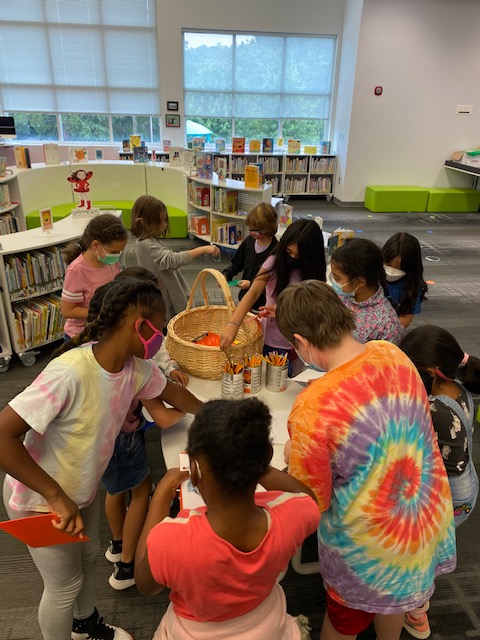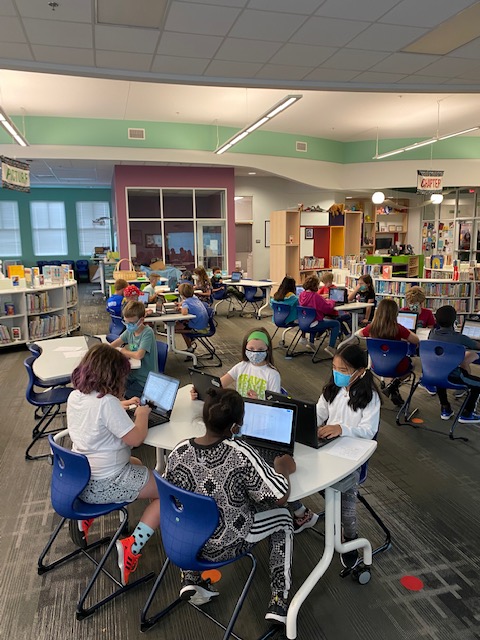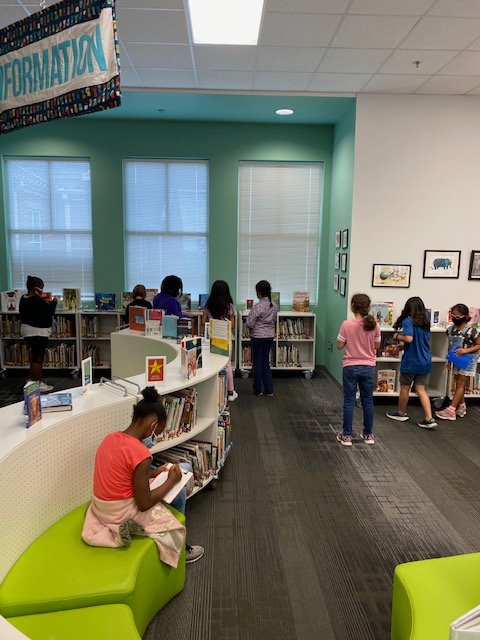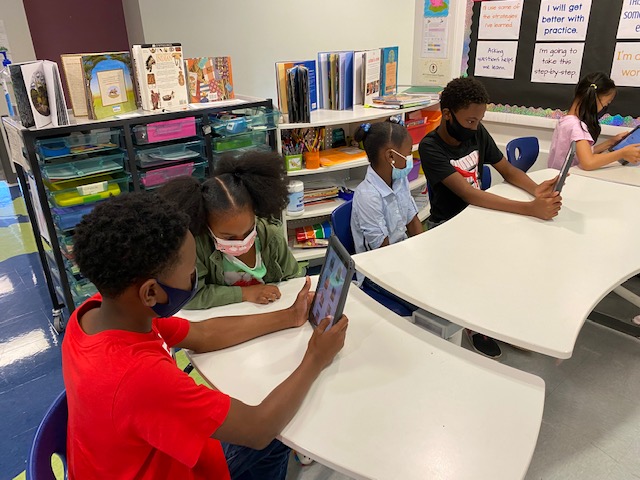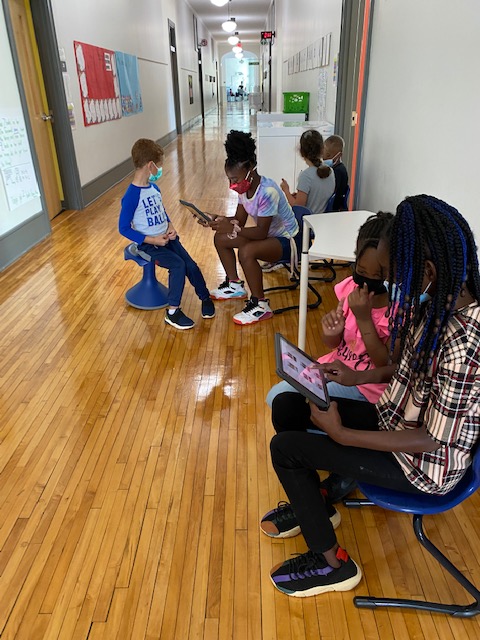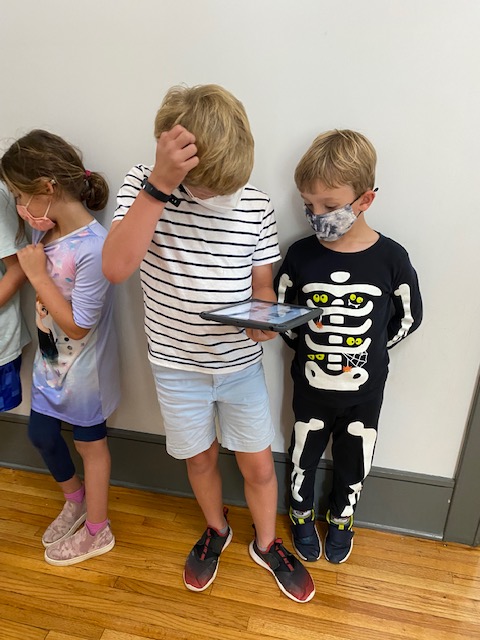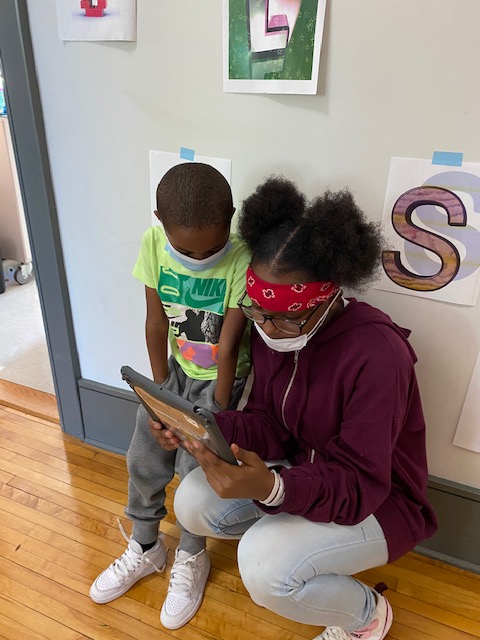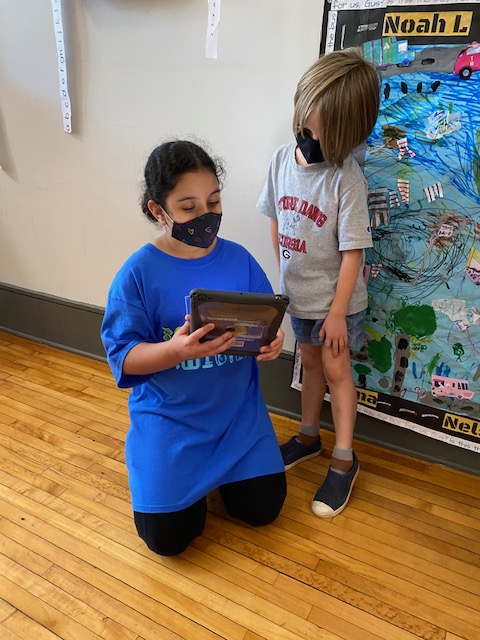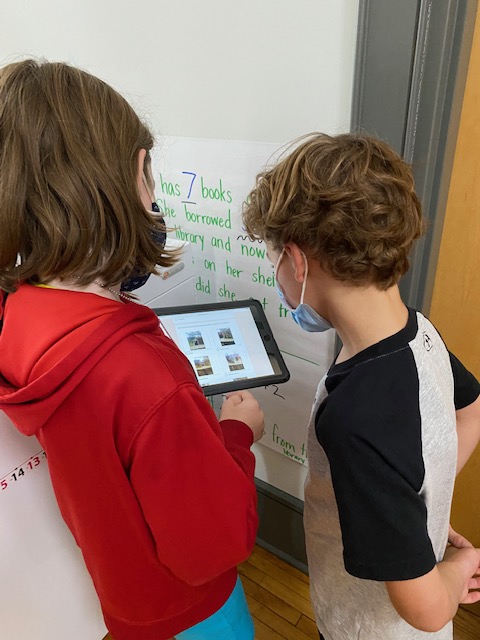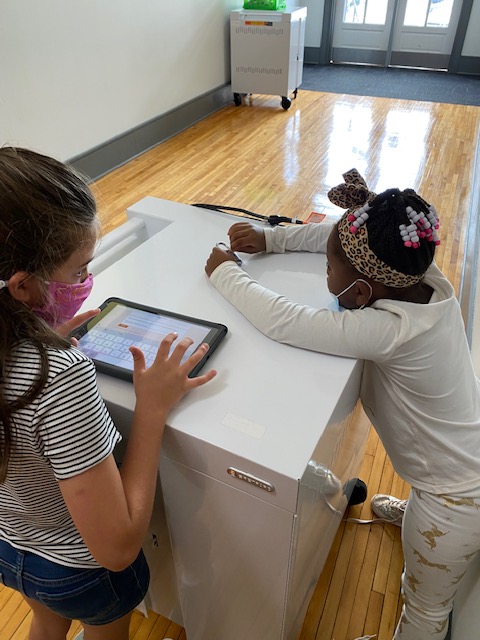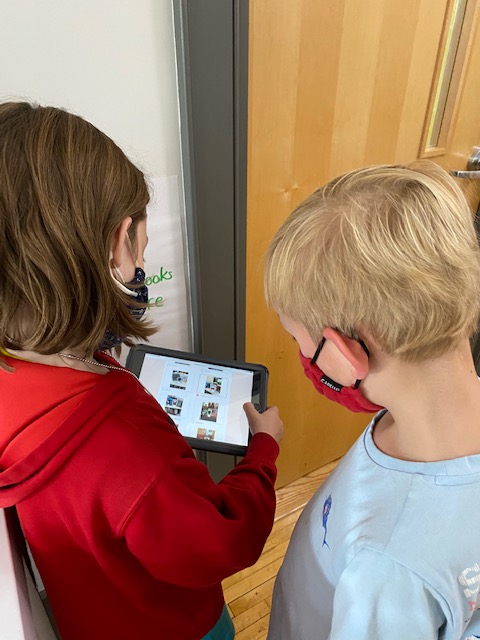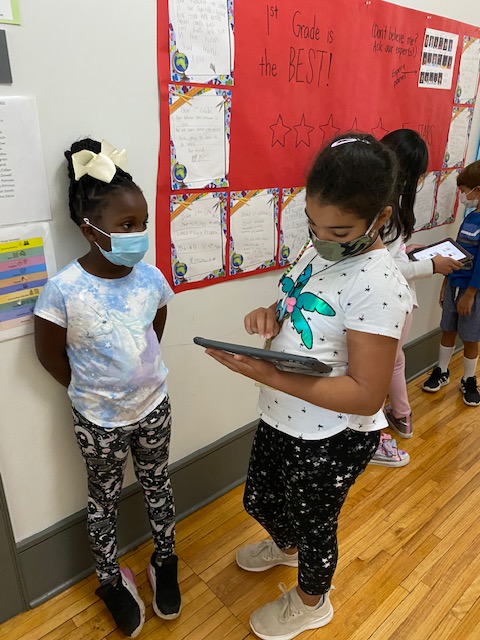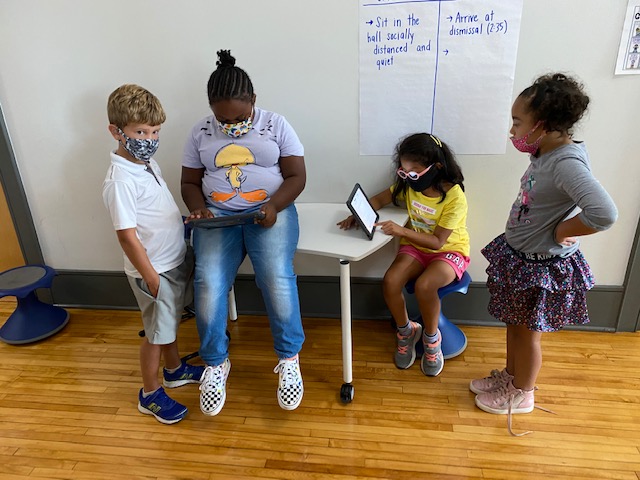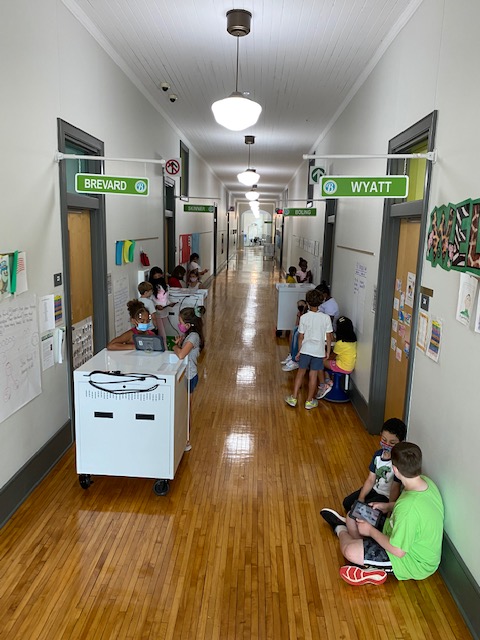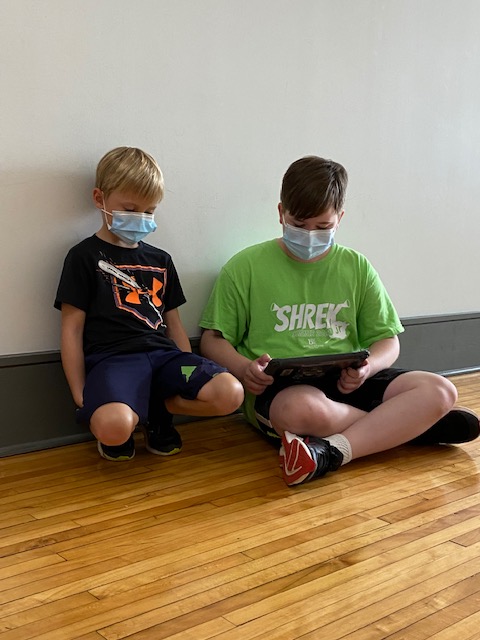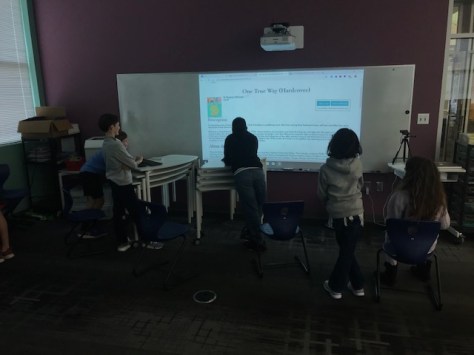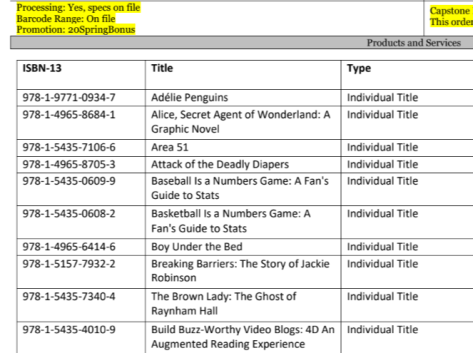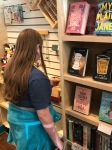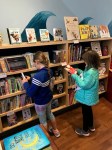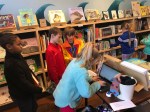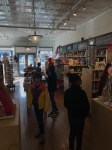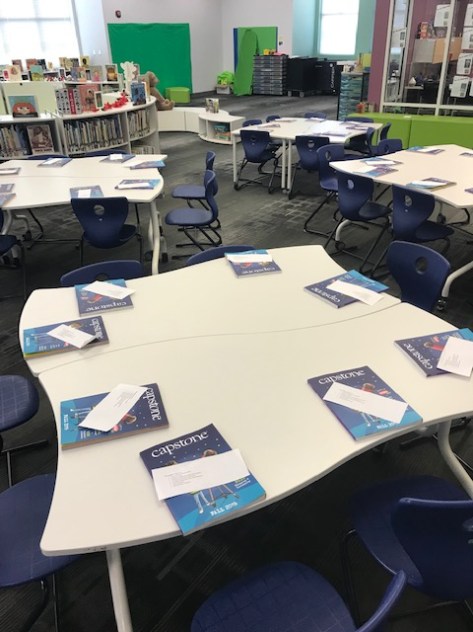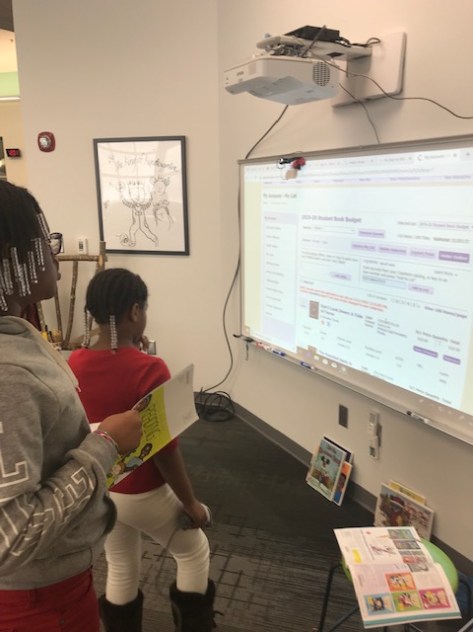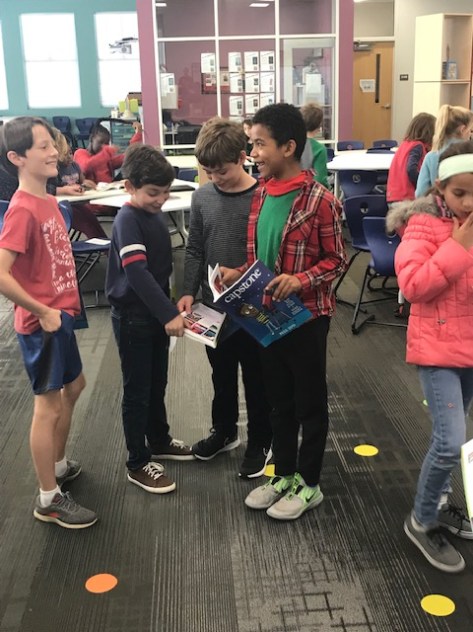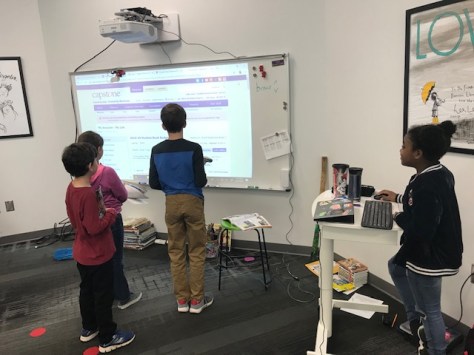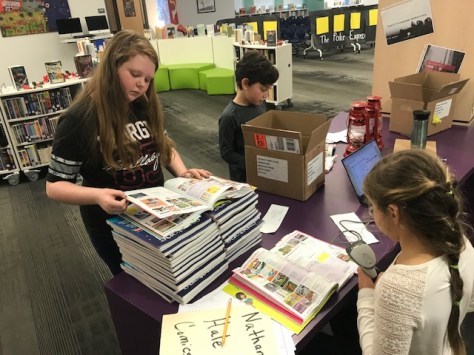It’s a new year in the Barrow Media Center. We are fully in-person and trying to get checkout, lessons, collaborations, and special projects rolling. Our makerspace collaboration with UGA is on hold, but that gives us a new opportunity to begin our student book budget project early.
The student book budget team is a group of 3rd-5th graders who use our book fair profits to purchase new books for the library. Their purchases are based on survey feedback from students throughout the school. This project has been a yearly project since 2008 and each year it changes a bit. Last year brought our biggest change since most of our work had to be done virtually. This year, we have almost 70 students in 3rd-5th grade participating and I’m having to structure our project in new ways to keep everyone engaged and safe.
To begin our project, I created a Google form application and students had one week to apply. The survey asked them if they were willing to work during portions of recess time, whether they could think beyond just themselves when selecting books, and why they wanted to be on the team. I was pleasantly surprised to see so many new students interested in the project this year and I once again contemplated being selective since over 70 students applied. Every student agreed to all the terms and gave a genuine reason for being in the group, so I chose to keep everyone. Since we meet during recess, the biggest group I have at a time is 25. We meet on Tuesdays & Thursdays as needed from 11:45-1:20, switching groups every 30 minutes.
With a larger group, I had to think of new ways to make sure all voices were heard. Our first meeting was an overview of the project and to allow students to walk around the library and make observations about the sections of the library. I asked them to notice sections that seemed empty, sections that were overflowing, sections that were missing completely, or anything else. They wrote these noticings down on paper and we saved them for our next meeting.

Before meeting 2, I made a Google Classroom and added all the students. Under classwork, I added a list of resources that we would need. The purpose of our 2nd meeting was to create the survey that we would use with all students in the school to get thoughts on what new books were needed in the library. Rather than try to write the survey together during the meeting, I had them look at last year’s survey to see the types of questions. I also had them look at the noticings that we had all written on paper. Using Padlet, student answered 3 questions: 1. What do you like about last year’s survey? 2. What should be changed about last year’s survey? 3. Based on what you learned from walking around the library, what new questions should be added?
I took all of the feedback from our discussions and Padlet and edited our survey. During meeting 3, students learned how to scan a QR code to pull up the survey on an iPad and answered the survey themselves. Book budget students survey students in grade K-2 with iPads and grades 3-5 answer the survey in Google Classroom. Normally, we just go to lunch and recess and ask the survey, but I didn’t want students to have to survey maskless students at lunch. Instead, book budget students filled out a form to select which classes they wanted to survey. I also asked teachers when the best survey times were, and I tried to match teachers and students. I scheduled email reminders to teachers and students and also posted the schedule in our Google classroom and crossed my fingers that everyone showed up to survey at the right time. For the most part, they did.
Across 5 days, the book budget team surveyed students in grade K-2 while teachers shared the survey with grades 3-5. The data poured into Google forms so that we can analyze the data and set goals at our next meeting.
This project is one of my favorite student voice projects each year because I believe that the library collection is “our collection”. We develop it together. I can’t wait to see what decisions are made this year.


